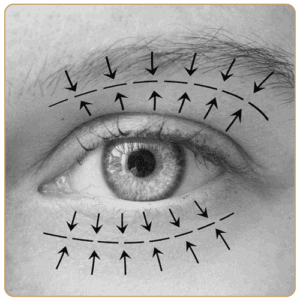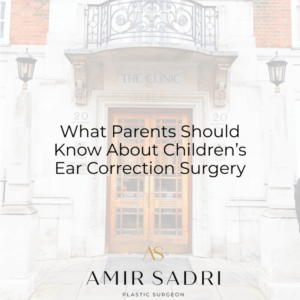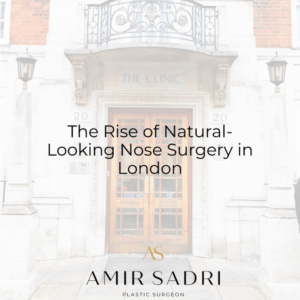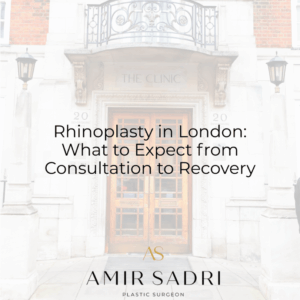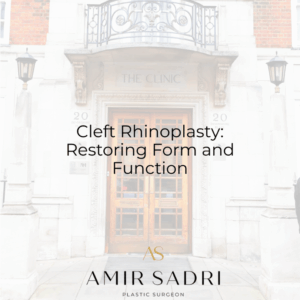Cleft rhinoplasty is a vital surgical procedure for individuals born with a cleft lip. A cleft lip occurs when a baby’s lip fails to join properly during early fetal development, often extending into the nose. This condition not only affects appearance but can also result in functional challenges that impact breathing and speech. By addressing these concerns, cleft rhinoplasty plays an integral role in improving the quality of life for patients while restoring facial harmony and functionality.
One of the primary reasons cleft rhinoplasty is necessary is to correct the structural abnormalities in the nose. Individuals with a cleft lip often have nasal deformities, such as a deviated septum, asymmetry of the nostrils, or a flattened nasal tip. These irregularities can cause difficulty breathing and contribute to chronic nasal congestion or obstruction. Through cleft rhinoplasty, surgeons can reconstruct nasal structures, improve airflow, and alleviate any functional deficits. This drastically enhances the patient’s ability to breathe comfortably and aids in better speech production.
Additionally, cleft rhinoplasty addresses aesthetic concerns associated with a cleft lip and nose deformity. For children and adults alike, physical appearance plays a crucial role in self-esteem and social interactions. A cleft lip often leaves noticeable scarring and asymmetry, which can draw attention and potentially lead to feelings of self-consciousness or bullying, especially during formative years. Rhinoplasty for cleft patients reshapes and balances the structure of the nose, creating a more symmetrical and natural look. This transformational change helps patients feel more confident and allows them to engage more comfortably with the world around them.
Timing also plays a key role in the success of cleft rhinoplasty. While initial surgeries to repair a cleft lip are usually performed in infancy, secondary rhinoplasty procedures are often undertaken during adolescence or adulthood, once nasal growth is complete. This ensures optimal results both aesthetically and functionally, as the surgeon can account for the fully developed nasal structure. The procedure typically involves a highly specialized approach, tailored to the unique needs of each patient, which balances both cosmetic and functional outcomes.
Ultimately, cleft rhinoplasty is more than just a cosmetic procedure—it is a life-changing intervention that addresses both physical and emotional challenges brought on by a cleft lip. By restoring proper nasal function and creating facial symmetry, cleft rhinoplasty empowers patients to breathe easier, speak more clearly, and live with greater confidence. For these reasons, it remains a necessary and transformative step in the treatment of a cleft lip.




